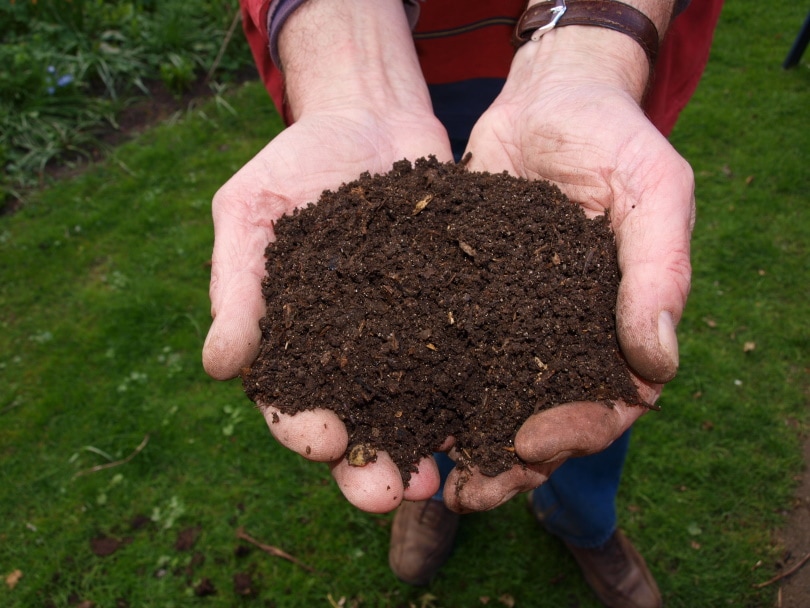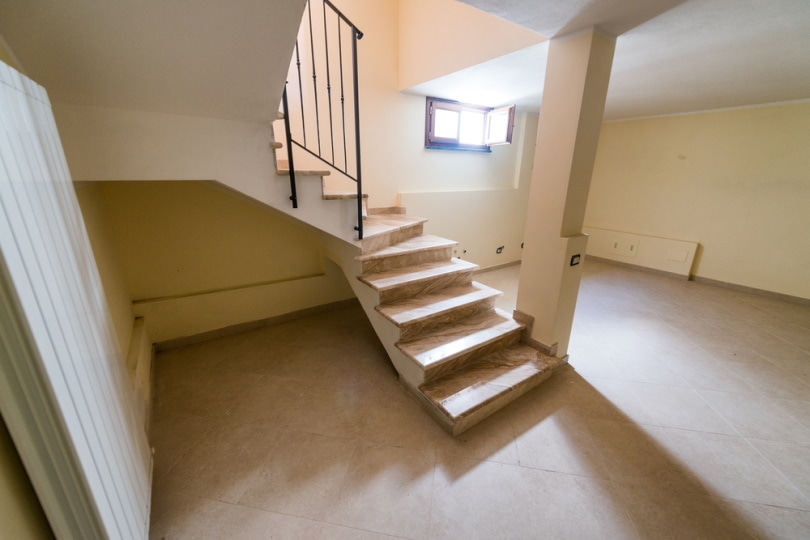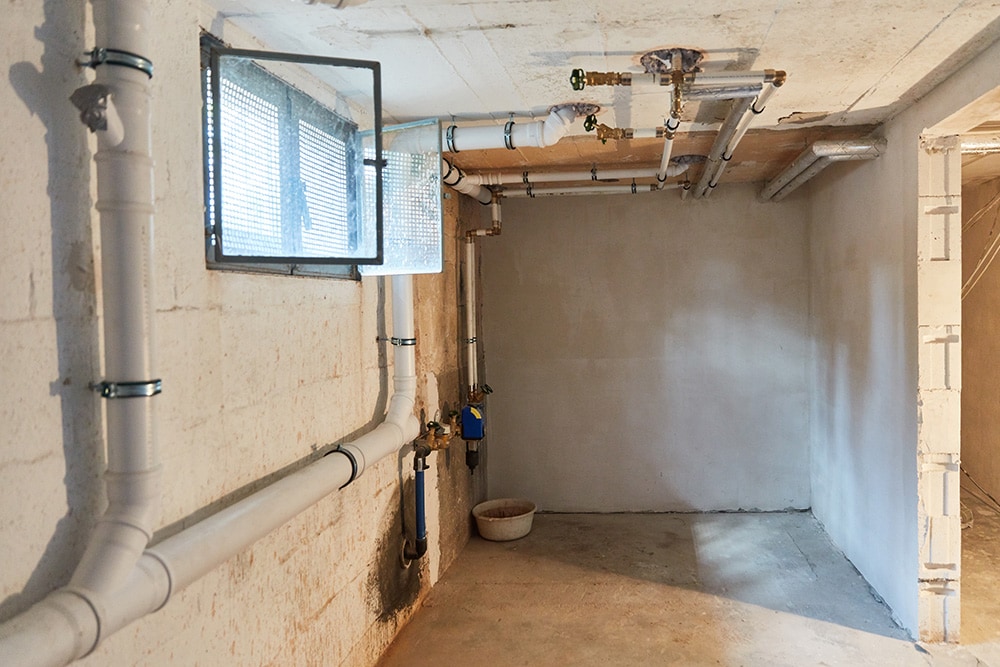Why Are There No Basements in Texas? Facts, Reasons & FAQ
-

- Last updated:

Why is it that houses in Texas all seem to have no basements? Basements are a feature that has always been deemed standard in houses built almost everywhere else in the United States.
So, what’s up with this rarity? Don’t Texans like basements? Or, do they just not care? There are so many reasons why houses in Texas don’t have basements but the main one is the land’s topography. We’re hoping today’s post will answer all these questions and much more.
 Reasons Why Texan Homes Don’t Have Basements
Reasons Why Texan Homes Don’t Have Basements
Water Table
According to topographers, the water table in Texas is unusually close to the soil’s surface.
The water table, going by the geological and geographical definition, is that layer of the soil that’s always covered with water. Ordinarily, it’s supposed to be 50 to 300 feet below the surface. But in Texas, it’s only 10 feet. And there’s no doubt that the causal factors are its proximity to the Gulf and the large water bodies it features.
If you look at the case of Houston and Austin, for example, we’re told that developers always strike the water table at just 7 feet. That’s a huge problem for anyone looking to build a basement because they’ll be putting the property at risk of flooding during the hurricane season.
A basement will for sure increase the value of the property exponentially, but is it really worth it? Especially in a state that has several cities sitting in the Flash Flood Alley?

The Frost Line
Every state in the country has building regulations meant to protect its people. And one of those regulations requires the contractor to ascertain the property’s foundation is below the frost line. The frost line, sometimes referred to as the freezing depth or the frost depth, is that whole section of the soil that’s expected to freeze during the winter season.
Usually, it’s 5–6 feet down. But that range varies among states, seeing as several factors are always at play. For instance, the depth could be influenced by various heat sources, soil properties, soil impurities, and general climatic conditions.
Contractors working on homes in the northern states often find themselves digging deeper since those areas experience extreme temperatures. They know if the pipes and the foundation are above the frost line, they’ll eventually freeze and render the property uninhabitable.
However, in the southern states (Texas included) there’s no need of digging deeper, as the frost line is almost non-existent—surveyors say it’s only a foot below the surface. And even though that means the authorities have no qualms with developers who’d wish to build a home with a basement in Texas, they prefer not to because the hassle is just not worth it.
High Clay Content
A big chunk of Texas used to be under the Gulf of Mexico. Due to climate change, the water started receding and what was left was expansive clay soil. All this is evident when you visit the eastern parts of the state.
We’re not implying that it’s impossible to construct a basement on that type of soil. It actually is, but it’s very dangerous. Clay isn’t exactly the most stable soil during the wet season. It usually shifts a lot and flexes as well.
In fact, the clay soil found beneath the homes built in Texas has the ability to expand by 30% during the rainy season. Meaning that it can potentially exert 14,000 pounds of pressure on the foundation, thereby causing cracks.
So the next time you’re out shopping for a home, and you miraculously find one with a basement in Texas, don’t rush to sign the deal. Do your due diligence and find out if the soil beneath the surface has a high clay content—its expansive properties can put your life and that of your family, at risk.

Limestone Bedrock
Let’s assume you’ve moved to a different part of Texas, where the water table is no longer a problem. Chances are you’ll still have to deal with the high concentration of limestone bedrock. Compared to other rocks, limestone is relatively softer.
However, “softer” doesn’t always translate to easy when it comes to digging. The listings that feature basements in Texas are normally highly-priced because the initial investment is no joke. The owner has to cater to the costs incurred after blasting, drilling, and excavating the rock. No potential property owner who’s working with a slim budget will want to dig through rocks before they start building a home.
Frequently Asked Questions
How much does it cost to build a basement in Texas?
A lot of money. If we had to make an educated guess, we would say something between $30,000 to $100,000, for a 1,000-square-foot basement. You might think that’s exaggerated, but it’s not. Think about waterproofing the building, blasting, drilling, excavating, and conditioning the space.

Why are basements important?
Homeowners in other parts of the country prefer living in homes that have basements because they provide additional space. They also offer seasonal comfort, as they are usually cooler during hot summers. But in Texas, if you take into consideration the potential damage incurred after flooding, those pros don’t outweigh the cons.
What’s the average ROI for a basement?
In Texas, it doesn’t account for much. But in other parts of the country, it will deliver a return of 70%–75% on your investment. Then again, we’re talking about Texas. A state that doesn’t quite take basements as an important property feature. So, you might not earn anything, unless you’re lucky to find a buyer who prefers homes with basements.

Do you need a basement renovation permit in Texas?
Definitely, yes. Permits are a requisite for all improvements, including plumbing repairs, electrical, roofing, driveways, etc. If the local authorities catch you renovating the house or making improvements without a permit, you’ll be charged for violating the law.
 Conclusion
Conclusion
Not having an additional level beneath the ground floor doesn’t mean that Texas has the least spacious homes in the country. A study that was conducted a couple of years back concluded that this state has the most spacious homes in the nation. Therefore, you won’t feel shortchanged if you’re looking to buy one of their properties.
- https://www.mentalfloss.com/article/641727/why-texas-houses-dont-have-basements
- https://dengarden.com/basements/Why-Dont-Homes-in-Texas-Have-Basements
- https://donerightfoundationrepair.com/why-arent-there-many-basements-in-texas/
- https://woodgroupmortgage.com/articles/texas-homes-basements
- https://hdfoundationrepair.com/expansive-clay-soil-texas-foundation-repair/
Featured Image Credit: Anatoli Igolkin, Shutterstock
Contents
 Reasons Why Texan Homes Don’t Have Basements
Reasons Why Texan Homes Don’t Have Basements